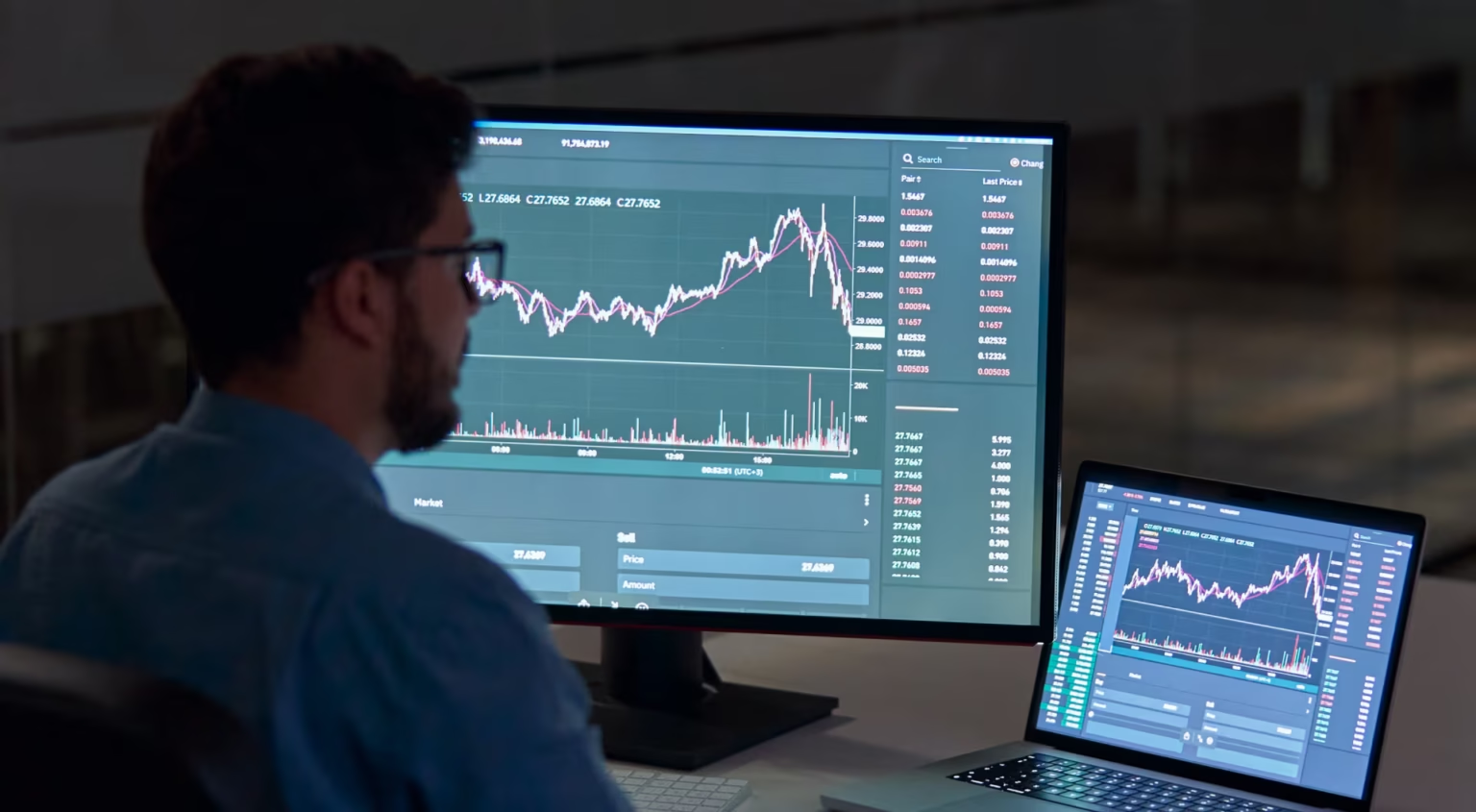Successful trading requires more than just market knowledge; it also necessitates a well-defined strategy that adapts to market conditions while remaining disciplined. Every trader looks for an edge that provides consistency and confidence in decision-making. The key is to create a disciplined methodology considering trade execution, market analysis, and risk management. You may negotiate the complexity of the financial markets and enhance long-term performance with a proper mindset and a well-considered strategy. Emphasizing accuracy and adaptability can help you to maximize opportunities and reduce unwarranted hazards.
Mastering Market Structure and Trend Analysis
Developing an effective trading plan depends on a knowledge of market structure. Price swings follow distinct patterns reflecting the behavior of general market sentiment, retail traders, and institutional players. Identifying these trends helps you to predict possible reversals, breakouts, and trend continuations more precisely. Aligning transactions with the direction of the dominating market depends significantly on trend analysis. Following established trends raises the chances of success whether trading commodities, currency, or stocks. Moving averages, support and resistance levels, and momentum indicators help one identify trends. Understanding the distinction between robust trends and temporary pullbacks guarantees that trades are executed with certainty instead of speculation.
Fine-Tuning Risk Management and Position Sizing
Without a clear risk management approach, a solid trading plan is inadequate. Effective risk management is crucial for long-term profitability because every trade has some inherent risk. Calculating risk-to-reward ratios guarantees that possible gains exceed losses, so offering a disciplined method of trading choice. Another important factor that determines the amount of capital allotted to each trade is position sizing. A consistent percentage of your entire account balance helps to avoid excessive exposure while yet promoting continuous increase. As a protection, stop-loss orders guarantee that, if trades move against expectations, losses remain controlled. Traders who prioritize risk management over high-frequency trading create a more long-term and resilient strategy.
Enhancing Strategy with Back Testing and Data Analysis
Refining a trading plan calls for data-driven insights. Back testing lets traders evaluate performance with past price data, therefore pointing up system strengths and shortcomings. Analyzing historical trades under different market conditions helps you ascertain the feasibility of your strategy prior to its implementation in actual markets. Optimizing trade entries and exits also involves data analysis.Analyzing important performance indicators such as profit factor, drawdown, and win rate helps one to understand the potency of the technique better. Those who often review their performance and make required changes are more likely to be successful over the long run. Continuous refinement based on statistical evidence results in a structured and disciplined trading strategy.
Executing Trades with Discipline and Precision
Even the best-designed trading strategy is ineffective without disciplined execution. Overtrading, emotional decision-making, and straying from a plan all cause unneeded risk and inconsistent outcomes. Following a set trading strategy guarantees that every trade fits strategic objectives instead of driven responses to changes in the market. One of the main qualities separating successful traders from those who have difficulty is patience. Waiting for premium configurations instead of forcing trades helps to avoid unneeded losses. Maintaining a trading journal also allows you to monitor performance and identify recurring errors. Precisely following their plan helps traders create a steady approach resistant to market fluctuation.
Proving Strategy Viability Through Competitive Challenges
Many traders hone their skills by taking part in structured challenges that put their strategies to the test under real market conditions. An excellent method for evaluating discipline, risk management, and the overall efficacy of a strategy is a prop firm challenge. These challenges are a useful indicator of trading proficiency since they force traders to adhere to stringent risk management guidelines while hitting predetermined profit targets. Successful navigation of market volatility while maintaining control over transaction execution shows that one is suited for such an environment. Completing a challenge can also provide traders access to greater funds, enabling them to scale their approaches without facing personal financial limitations. Treating each challenge as a chance to validate performance helps traders build confidence in their strategy and support their capacity to thrive in actual markets.
Conclusion
A successful trading strategy is based on market understanding, disciplined risk management, and data-driven refinement. While appropriate position sizing guarantees capital preservation, mastery of market structure provides clarity on trade setups. System confidence is increased through backtesting, and emotional decision-making is avoided through methodical execution. Competitive challenges provide traders with a practical evaluation of plan effectiveness, therefore fostering consistency. Focusing on these important components will help you strengthen your trading edge and build a structured approach that withstands market fluctuations.














